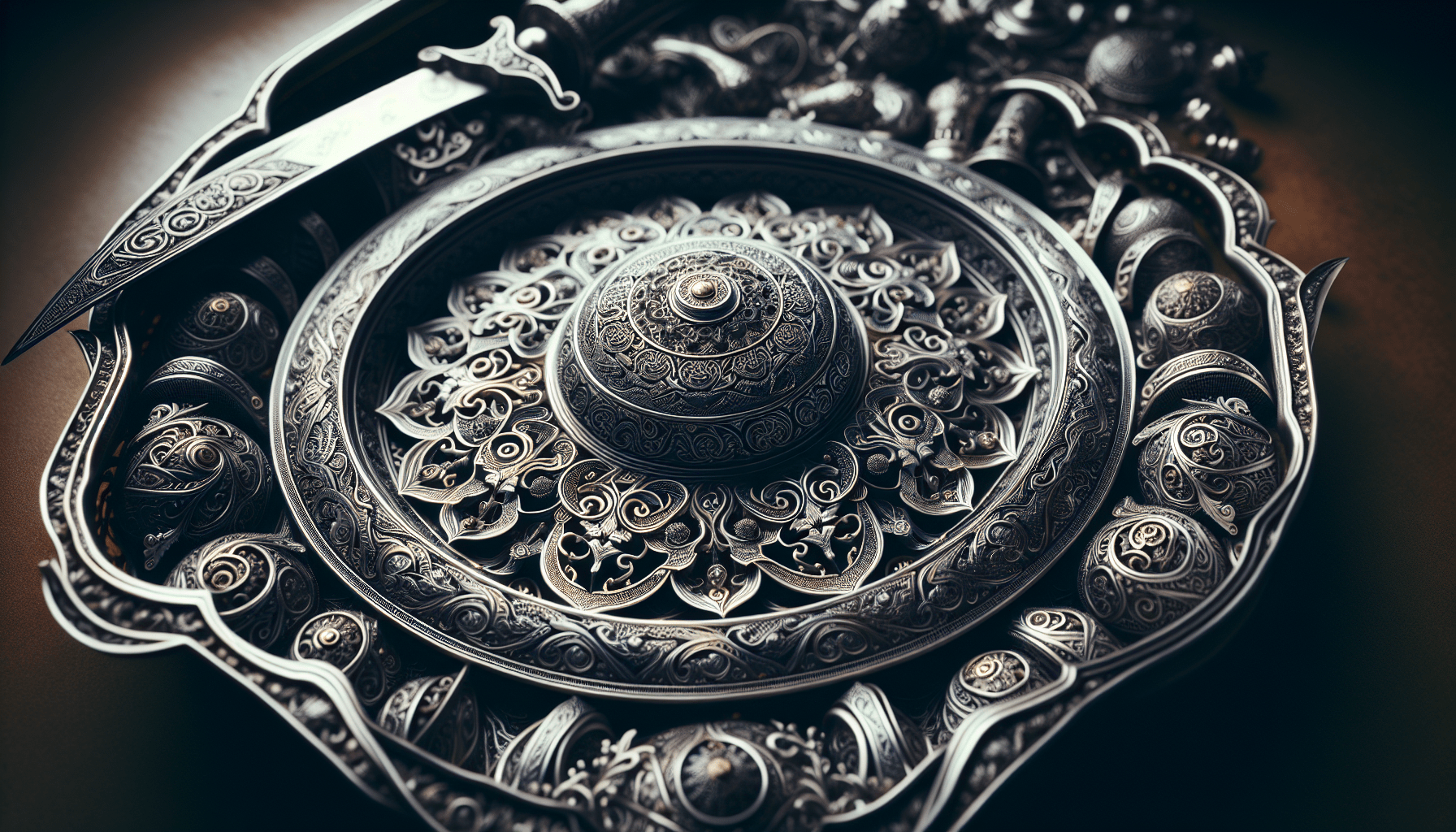Welcome to the mesmerizing world of Turkish metal work, a traditional craft that has unfortunately been forgotten over time. The intricate designs and skilled craftsmanship of Turkish metal work, known as “kalaycılık” in Turkish, have a rich history dating back centuries. From beautifully decorated tea sets to ornate jewelry pieces, each item is a masterpiece in itself. Join us as we explore the artistry and passion behind this unique form of metal work, and discover the beauty of a craft that continues to inspire awe and admiration. Have you ever wondered about the intricate art of Turkish metal work? You may have seen pieces in museums or hear about the craftsmanship passed down from one generation to the next. In this article, we will explore the fascinating world of Turkish metal work and uncover the beauty and skill behind this forgotten craft.

